What Is A Cellular Camera ?
A cellular camera, also known as a wireless or cellular trail camera, is a type of camera that is designed to transmit images or videos wirelessly using cellular networks. These cameras are commonly used for wildlife monitoring, surveillance, and security purposes. They are equipped with built-in cellular technology, allowing them to send captured images or videos to a user's smartphone, email, or a designated online platform. This eliminates the need for physical retrieval of the camera's memory card or manual transfer of data. Cellular cameras typically require a SIM card and a data plan to establish a cellular connection for transmitting the media. They are often used in remote areas where traditional internet connectivity may not be available, providing a convenient and efficient way to monitor and capture images or videos remotely.
1、 Definition and Function of Cellular Camera
A cellular camera, also known as a wireless camera or cellular trail camera, is a type of camera that is equipped with cellular capabilities, allowing it to transmit images and videos wirelessly over a cellular network. This means that the camera can be placed in remote locations where there is no Wi-Fi or internet connection available, and still be able to send captured images and videos to a designated device or cloud storage.
The main function of a cellular camera is to provide real-time surveillance and monitoring in areas where traditional cameras may not be feasible. These cameras are commonly used for wildlife observation, hunting, home security, and even for monitoring construction sites or remote properties. They are designed to be weatherproof and durable, making them suitable for outdoor use in various conditions.
Cellular cameras typically come with motion sensors that trigger the camera to capture images or videos when movement is detected. Once an image or video is captured, it is sent to a designated device, such as a smartphone or computer, through a cellular network. Some cellular cameras also offer additional features such as night vision, time-lapse recording, and two-way communication.
The latest point of view regarding cellular cameras is the advancement in technology, which has led to improved image quality, longer battery life, and more reliable cellular connectivity. Additionally, some cellular cameras now offer cloud storage options, allowing users to access and manage their captured images and videos remotely.
In conclusion, a cellular camera is a wireless camera that can transmit images and videos over a cellular network. It provides real-time surveillance and monitoring in remote locations, making it a valuable tool for various applications. With advancements in technology, cellular cameras continue to evolve, offering improved features and functionality.
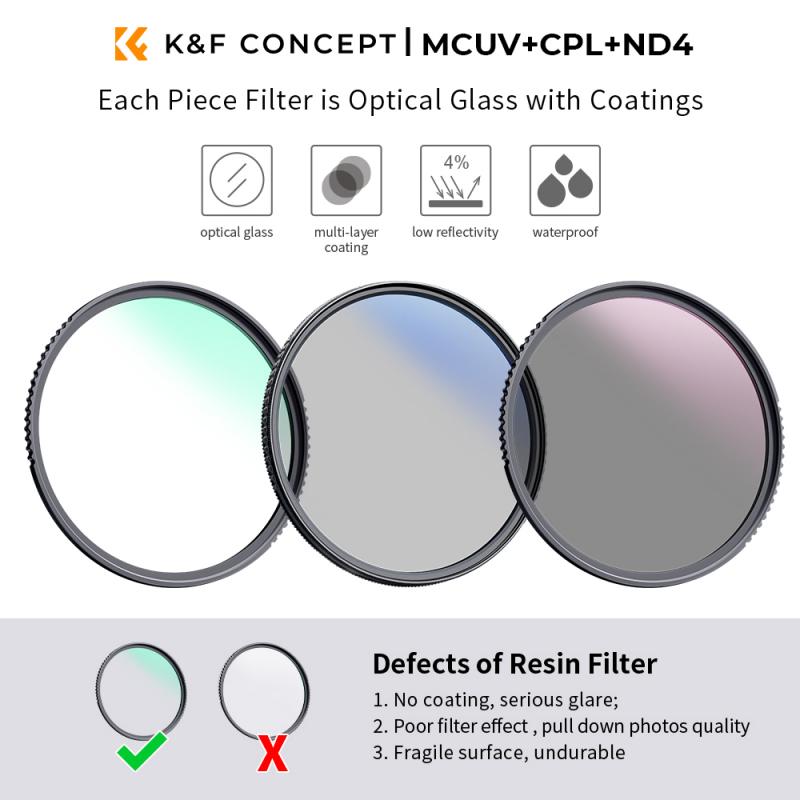
2、 Types and Features of Cellular Cameras
A cellular camera, also known as a wireless or cellular trail camera, is a type of camera that uses cellular networks to transmit images and videos wirelessly. These cameras are commonly used for wildlife monitoring, surveillance, and security purposes.
Cellular cameras are equipped with a SIM card and have built-in cellular capabilities, allowing them to connect to the internet and send captured images and videos to a designated recipient. This eliminates the need for physical retrieval of the camera's memory card or manual transfer of data.
One of the key features of cellular cameras is their ability to provide real-time or near real-time updates. Users can receive notifications on their smartphones or computers as soon as the camera captures an image or detects motion. This allows for immediate monitoring and response, making cellular cameras particularly useful for security applications.
Cellular cameras also offer remote access and control. Users can adjust camera settings, such as image resolution, trigger sensitivity, and capture intervals, from a distance using a mobile app or web portal. This flexibility allows for customization based on specific monitoring needs.
In recent years, cellular cameras have seen advancements in technology and features. Some models now offer high-resolution image and video capture, improved night vision capabilities, and longer battery life. Additionally, there has been a rise in the use of artificial intelligence and machine learning algorithms in cellular cameras, enabling them to detect and classify specific objects or animals in real-time.
Overall, cellular cameras provide a convenient and efficient solution for remote monitoring and surveillance. With continuous advancements in technology, these cameras are becoming more sophisticated and reliable, making them an increasingly popular choice for various applications.
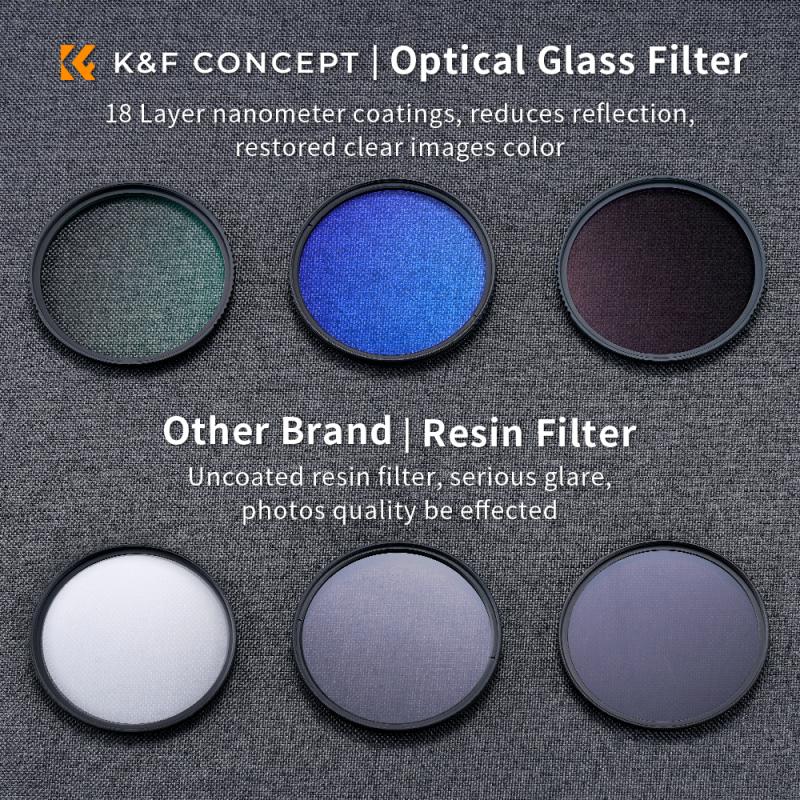
3、 Advantages and Disadvantages of Cellular Cameras
A cellular camera, also known as a wireless or cellular trail camera, is a type of camera that uses cellular networks to transmit images and videos to a remote location. These cameras are commonly used for wildlife monitoring, surveillance, and security purposes.
Advantages of Cellular Cameras:
1. Remote access: One of the key advantages of cellular cameras is the ability to access images and videos remotely. Users can receive real-time updates and notifications on their smartphones or computers, allowing them to monitor the camera's feed from anywhere with cellular coverage.
2. Easy installation: Cellular cameras are typically easy to install and set up. They do not require complex wiring or internet connectivity, as they rely on cellular networks for transmission.
3. No Wi-Fi dependency: Unlike traditional trail cameras that require a Wi-Fi connection, cellular cameras can operate independently as long as there is cellular coverage. This makes them suitable for remote locations where Wi-Fi may not be available.
4. Instant alerts: Cellular cameras can send instant alerts or notifications when motion is detected or when specific events occur. This allows users to quickly respond to potential threats or capture important moments.
5. Extended battery life: Many cellular cameras are designed with energy-efficient features, allowing them to operate for extended periods without frequent battery changes.
Disadvantages of Cellular Cameras:
1. Cost: Cellular cameras typically require a monthly data plan, which can add to the overall cost of ownership. Additionally, the initial purchase price of cellular cameras is often higher compared to traditional trail cameras.
2. Limited coverage: The effectiveness of cellular cameras depends on the availability and strength of cellular networks in the area. In remote or rural locations with poor coverage, the camera's functionality may be limited.
3. Data limitations: Cellular data plans often come with limitations on data usage. High-resolution images and videos can quickly consume data, potentially leading to additional charges or reduced functionality.
4. Security concerns: Transmitting images and videos over cellular networks can raise security concerns, as the data is vulnerable to interception or hacking. It is important to choose cellular cameras with robust security features to mitigate these risks.
In recent years, cellular cameras have seen advancements in technology, such as improved image quality, longer battery life, and enhanced security features. These advancements have made cellular cameras more reliable and efficient, further expanding their applications in various industries.

4、 How Cellular Cameras Work
A cellular camera, also known as a wireless or cellular trail camera, is a type of camera that uses cellular networks to transmit images and videos to a remote location. These cameras are commonly used for wildlife monitoring, surveillance, and security purposes.
Cellular cameras work by incorporating a built-in cellular modem and SIM card, allowing them to connect to a cellular network. They capture images or videos when triggered by motion or a set schedule and then transmit the data over the cellular network to a designated recipient, such as a smartphone or computer.
The latest cellular cameras are equipped with advanced features such as high-resolution image sensors, infrared night vision, and even live streaming capabilities. They can be remotely controlled and configured through mobile apps or web interfaces, providing users with real-time access to the camera's settings and media.
One of the significant advantages of cellular cameras is their ability to operate in remote areas where Wi-Fi or wired internet connections are not available. They rely on the existing cellular infrastructure, allowing users to monitor and receive updates from virtually anywhere with cellular coverage.
Moreover, cellular cameras eliminate the need for physical retrieval of memory cards or manual data transfer. This makes them particularly useful for wildlife researchers, hunters, and property owners who want to monitor their premises without disturbing the area or being physically present.
As technology continues to advance, cellular cameras are becoming more efficient, reliable, and user-friendly. They are increasingly being integrated with artificial intelligence and machine learning algorithms, enabling them to detect and classify specific objects or behaviors automatically. This enhances their functionality and makes them even more valuable for various applications, including wildlife conservation, home security, and environmental monitoring.






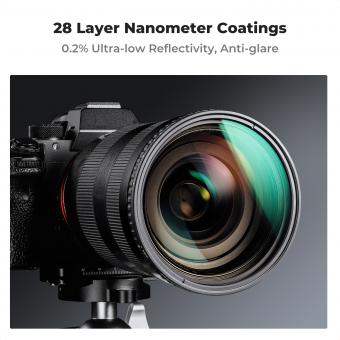


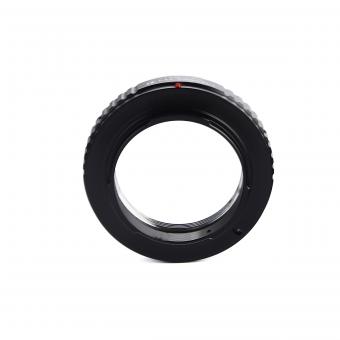

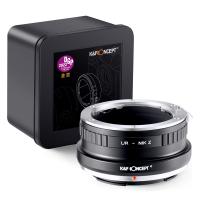



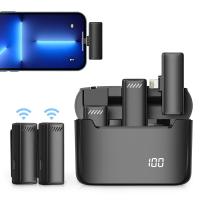



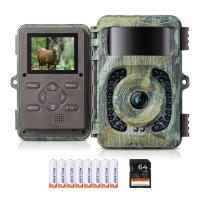


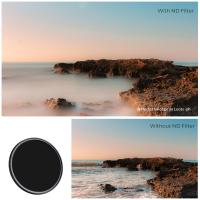
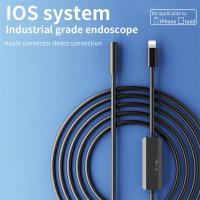

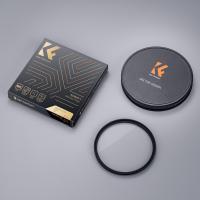



There are no comments for this blog.